Kang Youwei in the Qing Dynasty once said: "The beauty of calligraphy lies in the use of the pen." It can be seen that brushwork is the key technique in calligraphy. Therefore, whether one understands and masters the technique of using the brush will not only directly affect whether one enters the art of calligraphy, but also directly affects the level of calligraphy in the future.
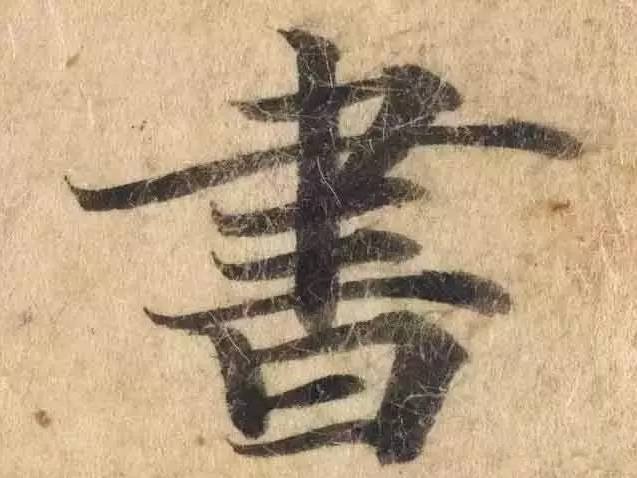
1. Pick up a pen
The tip of the brush cannot be of the same thickness when writing stipples. When the stipples are required to become thinner, the brush must be lifted.
Therefore, mention and pause are relative and interdependent.
Lifting the pen is mostly used in the middle of horizontal drawings, at the turning points of characters, and when the front is exposed.
That is what the predecessors said: "Use lifting in secret and dangerous places." Be careful not to mention it too thinly or too thinly.

2. Pause
When the line stipple drawing needs to be thicker and more prominent, press hard. It is said that "the one who presses hard enough to penetrate the back of the paper is a stroke".
Pausing strokes are often used at the closing or turning points of characters, and the intensity of the pausing strokes is greater than that of "squatting pen" and "standing pen". In the process of writing, the mention and pause are often used interchangeably. Sometimes the mention comes before the pause, and sometimes the pause comes first and then the mention. Therefore, attention should be paid to coordination. The use of the mention and pause pens is particularly close in cursive writing. It is precisely because of the mention The interactive use of stipples creates changes in the weight and thickness of stipple lines. In regular script, the Teton expression is very obvious. For example, one horizontal line and one vertical line use the Teton method at both ends.
Use a good stroke to make the stipples solid and powerful, but don't stroke too hard to form ink balls.
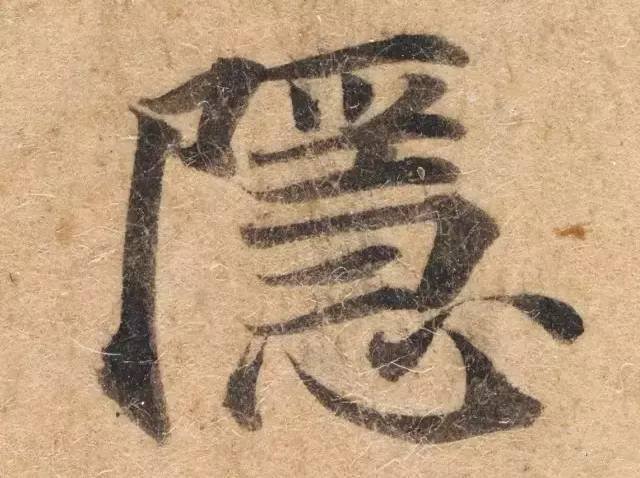
3. Squatting pen
The method of moving the pen is similar to that of a pen, but the pressing force can be lighter.
There is a transitional movement between the light and heavy thickness of stipple painting, which is the squatting brush method. Therefore, Zhang Huaiguan of the Tang Dynasty said in his brushwork that the squatting brush is: "Slow down the strokes and squat joints, and the weight and weight are accurate."
Squat strokes and stroke strokes are often used at transitions between strokes. Therefore, it plays the role of regulating pen change.
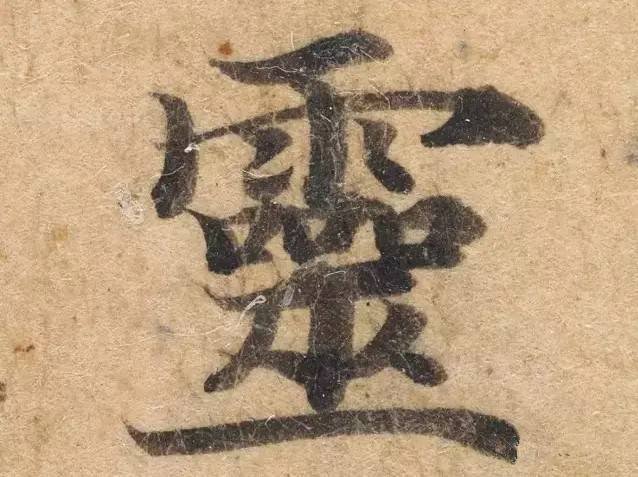
4. Staying in writing
The strength of the pen is less than that of "stop" and "squat". It is used for the short transition gap between the end of the previous pen movement and the beginning of the next pen movement, that is, "pause", and the force is enough to reach the paper surface.
Stopping writing like this is to prepare for the next stroke. For example, when starting and closing a horizontal stroke, you should pause before starting and closing the stroke. Before pausing, you should pause the pen for a moment, and then press the stroke again. Other examples include stopping the stroke at the turning point and before the stroke is released, so as to build up momentum as a guide for the stroke. Chiang He of the Qing Dynasty once said: "When you are standing, you cannot pause or squat. If you are too slow to write, you cannot stay. If you are slow to review, you are standing."
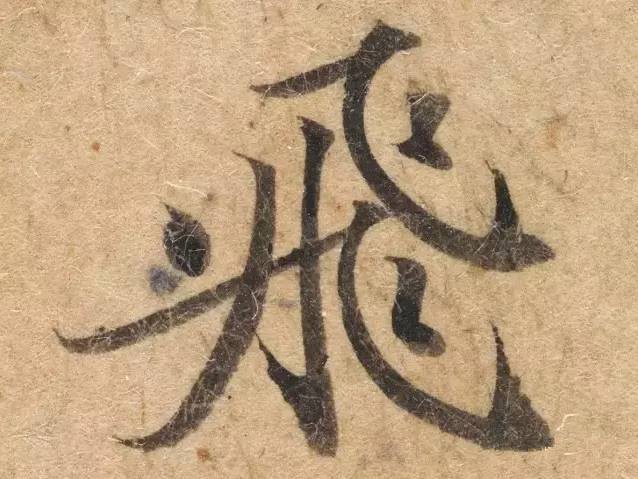
5. Nasty pen
That is, when the pen is moved downwards and upwards, when writing hooks and dots, the pen that originally moved downwards after the stroke suddenly reverses and moves upwards, which is the nose pen.
Because the epistaxis pen goes against the trend, it increases the friction between the tip of the pen and the paper, fully strengthens the pen power, and makes the stipple lines more vigorous. For example, Yan Zhenqing's regular scripts often use "goose-head hooks", which means the hook is returned to a goose-head shape before the hook is released.

6. Frustration pen
It is a gesture of suddenly stopping to change the direction of the pen, usually at the corner. First, the pen is paused, and then the pen is slightly lifted to rotate the tip of the pen, thereby changing the direction.
It can be seen that the stroke stroke means that there is a slight position movement after the stroke, so that the strokes can be performed more perfectly to make up for the shortcomings in the stroke process. For example, when writing a hook or a turning point, if the stroke is not complete after pressing the pen, you can slightly lift the tip of the pen and twist it, which can not only make adjustments, but also change the posture to facilitate the strokes. Pay attention to the fact that the strokes should be measured. If they are too small, they will be artificial. If they are too small, it will be inconvenient to express the posture of the pen and change the movement of the pen.

7. Grab the pen
It refers to the movement of putting the pen down in the air when the pen is put into the paper, or the rebound movement in the air when the pen is lifted off the paper.
Pen-grabbing is similar to pen-folding, but pen-folding is slow, while pen-grabbing is a quick, instantaneous action. For example, when writing horizontally, you usually start the pen vertically and then fold the pen upwards, that is, draw the pen horizontally and straight down, forming a triangular inner fold line to the right. When using the pen grabber, you can make this folding action in the air, and then Dropping the paper quickly is a "false grab". When writing cursive, if the writing speed is faster and the movement range increases, you can use the grabbing pen to start or stop the pen.
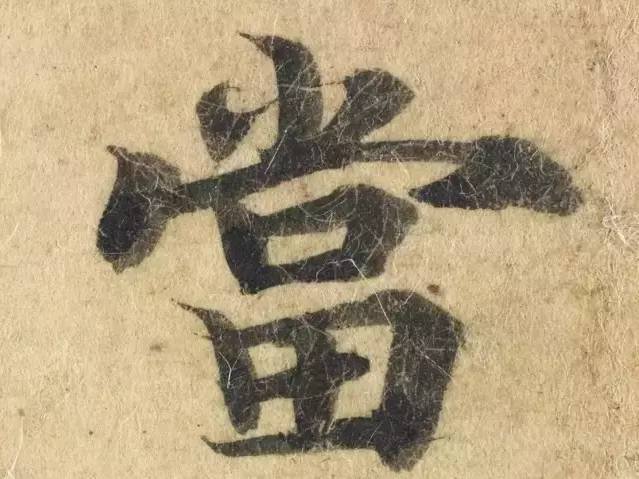
8. Turn the pen
First, compared with "folding pens", round pens are mostly used. That is to say, when writing and moving the pen, it moves left and right in a circle. When moving in pointillism, it is a continuous line with slight pauses, and the connections seem to be separable but inseparable.
Therefore, Cai Yong of the Han Dynasty said in "Nine Potentials": "When writing, it is advisable to review left and right, so as not to expose the program alone." The lines and stipples written in this way are thick and thick.
The second refers to the inflection of the corners in the character, which is written using the rounding method to form a round shape.
Be careful not to move the pen too slowly when making circular movements, which may cause bloat.

9. Folding pen
For "turning the pen", this method is mostly used for square pens.
When folding the pen, the tip of the pen is turned from the positive side to the negative side, that is, "turning the square pen", so as to show the square edges and corners. The action of folding the pen is used to bring out the square shape.
The speed of folding the pen is faster than that of turning the pen, so as to form a strong and vigorous force.








